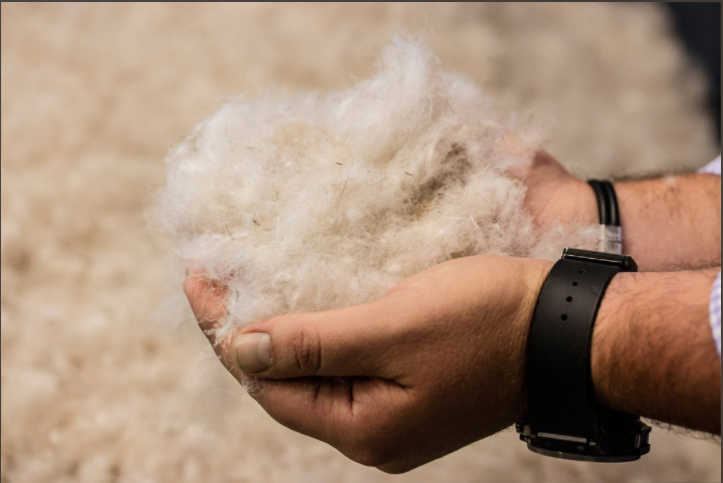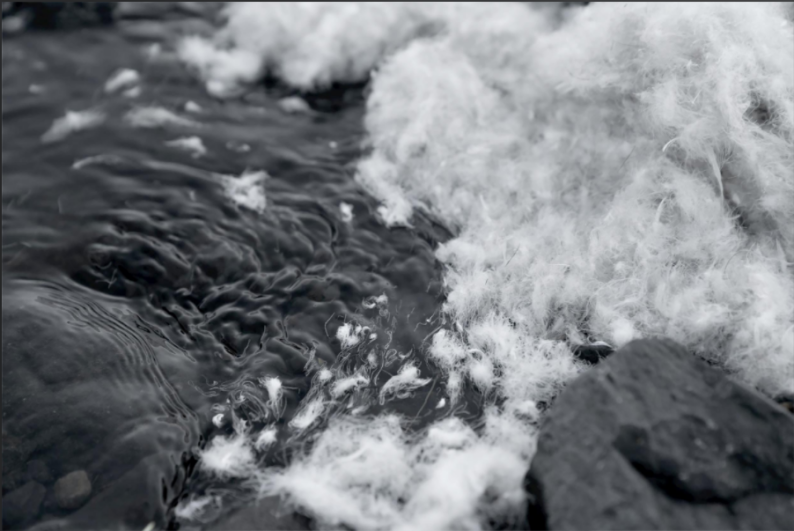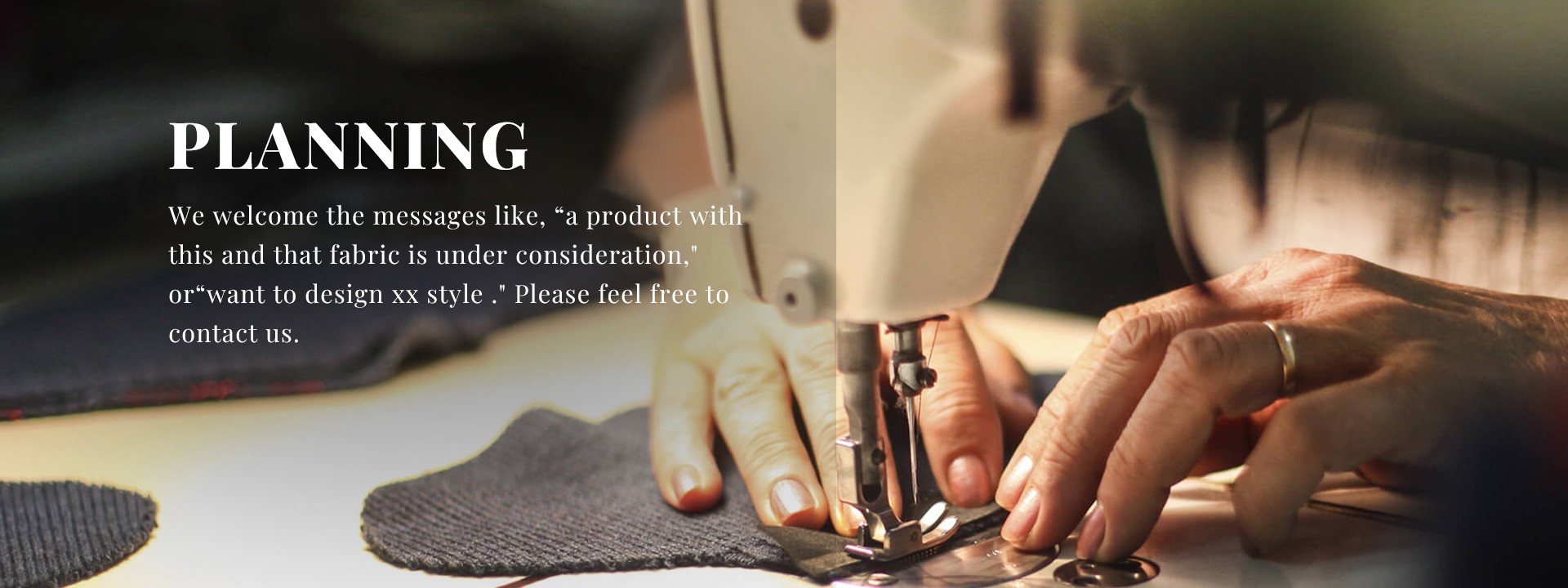Do Recycled Feathers Make Your Down Coat More Ethical?
Recycled down is an emerging trend in outdoor gear. We ask if it’s eco-friendly.
This year, at least two outdoor clothing manufacturers introduced winter items featuring recycled down for the U.S. market. Items featuring recycled feathers have been on the market in Europe for a couple of years now, and the jump to the U.S. suggests the trend is gaining momentum. But does recycling feathers really make clothing more ethical and sustainable?

In the past few years, there’s been growing concern about the ethical side of down production. One problem that’s of particular concern to the down industry is live-plucking the birds, a practice that’s as horrible as it sounds, but yields a particularly high-quality and valuable feather.
Recycled feathers appear to be another possible solution with added ecological benefits. Some think that we really looked at the down market and said there’s a lot of opportunity to improve the overall environmental footprint and animal treatment issues.
But if you want to avoid live-plucking, recycling down might not make that much of a difference. Anne Gillespie told TreeHugger that most down comes from ducks and geese that are raised for their meat.
Many people describe the feathers as a by-product, although animal rights advocates might bristle at the term. “It represents from five to ten percent of the value of the bird for the farmers and slaughter houses,” said Gillespie. “So, stopping the purchase of down will not stop the raising of geese and ducks for consumption.” And recycled down wouldn’t qualify for Responsible Down Standard certification.
However, Gillespie said that down does have a long lifetime, often longer than the covering of a duvet or a Padded Jacket . So, perhaps the best argument for recycling down is that you’re diverting waste from landfills or polluting trash incinerators.
All of the industry representatives interviewed for this story said that the process of cleaning and processing recycled down is nearly identical to the process of cleaning and processing new down. So, the resources needed to recycle the down are roughly the same as those needed to process new down.

If we’re talking about diverting a product from landfill, could one just compost used feathers instead? Pamela Ravasio, a Sustainability Manager with the trade organization European Outdoor Group, said that down might have some benefits for use in compost. However, if the source of the pre-loved blanket or pillow is not known, there remains the possibility that they pose a health hazard.
“There will always remain some doubt as to whether or not a pre-loved article—a duvet or comforter in this case—is indeed save to recycle or to re-use as a consequence to where it has been and how it has been in its first life,” she said. It may not necessarily make both economic and environmental sense to put them through a thorough cleaning and disinfection process just to put them in compost. Down feathers can be an interesting component for a compost though if they are determined to be save and hazard free.
Recycling down and feathers isn’t really all that new a practice. Known as “couchée” in the bedding industry, using recycled feathers has been a way to reduce the cost of a products. Historically, high quality down was a premium product, and only well-off people could afford their bedding to be made from it. Particularly after the World Wars, couchée was the perfect way to give a second lease on life to a highly valuable commodity in regions such as Central Europe, and one highly appreciated by the not-quite-so-well-off. However, giving down and feathers second life, and the social circumstances around it, came at the cost of couchée being associated with low quality on the one hand, and the social stigma of poverty on the other. Its use has hardly been a selling point.
The trend of using recycled down in high-end winter clothes is the new development, as is the idea that recycled feathers are something to brag about. That’s perhaps the most interesting aspect about the story of recycled down. Mark Galbraith said that Nau wants to use recycled down as an opportunity not only to extend the lifecycle of the material, but to upcycle instead of downcycling.
By transforming the perception of recycled down, moving it from a position of being less desirable into a position of being ethical and eco-friendly, these brands in a way are making progress on the whole front of recycling. If we can accept that wearing a material that might have covered someone else’s sleeping body isn’t degrading, but rather desirable and responsible, one wonders what other materials can be de-stigmatized. Maybe it can help us see more materials as worthy of recycling.
While clothing manufacturers seek out new ways to make their products more ethical and sustainable, perhaps the best choice a consumer can make is to simply not buy items that won’t withstand the test of trends and time. For example, INVIDIA Textile vigorously studys high-tech design and all the details that are important for high quality, and makes every effort to minimize waste and has efficient waste treatment. INVIDIA Textile has gotten the qualify for RDS(Recycle Down Standard certified).“Buy down that’s responsibly sourced,” were Anne Gillespie’s final words of advice. “And then buy something that you’re going to keep for a long time, that’s a quality product and also a design that you like.”

 +86-13634185427
+86-13634185427




